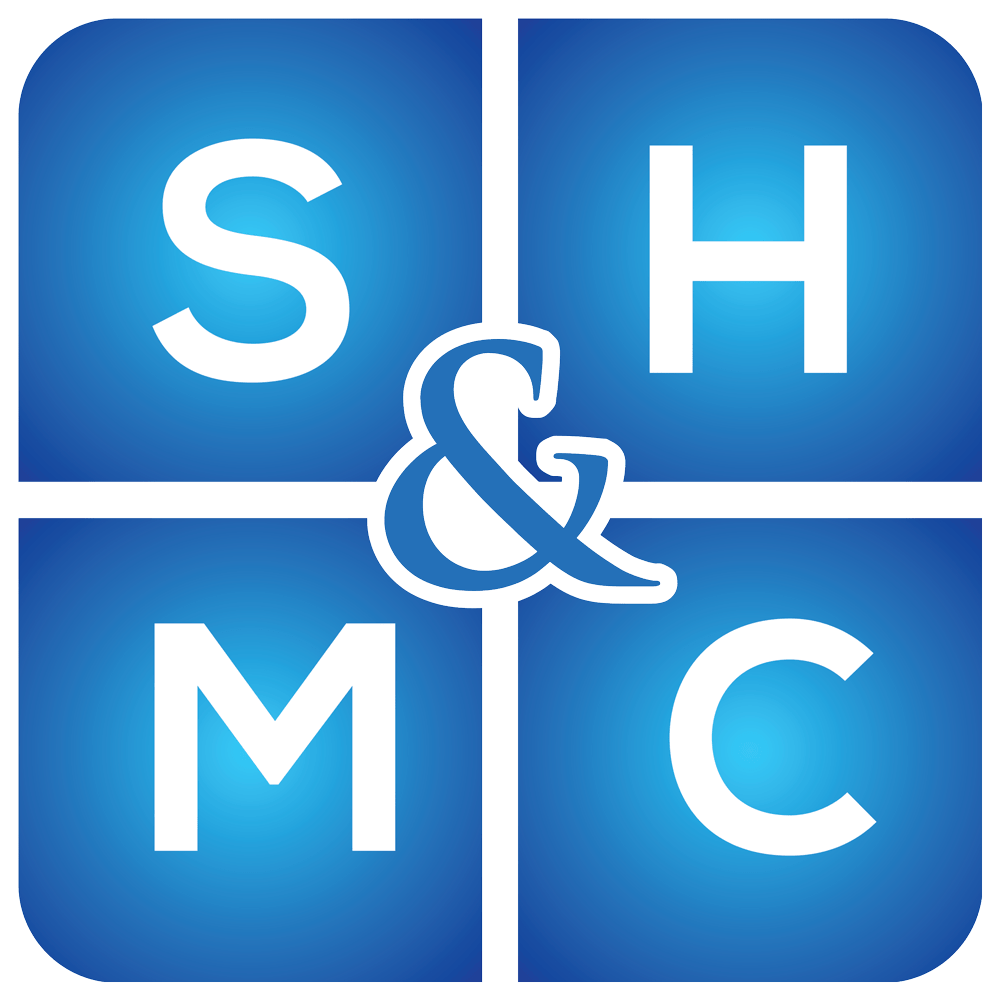Trigeminal Neuralgia Treatments
What is Trigeminal Neuralgia?
Trigeminal Neuralgia is a debilitating pain condition that involves one or more branches of the trigeminal nerve. The trigeminal nerve primarily carries sensory information between the face and scalp, and brain.
Sufferers often describe a shock-like, stabbing or shooting pain on one side of their face. This nerve pain can last anywhere between half a second and a few minutes. These attacks can happen once per day or up to 50 times per day. Sometimes, sufferers may describe tearing or redness in their eyes, on the same side as their facial pain [1].
At the Gold Coast Headache and Migraine Clinic, we have treated countless patients with Trigeminal Neuralgia with impressive results. Our expert headache clinicians expect to observe improvement within the first 5 treatment consultations. Plus the groundbreaking techniques we use to treat trigeminal neuralgia are medication-free, surgery-free and non-invasive!
Book a consultation with us today.
Anatomy of the Trigeminal Nerve
There are 3 branches of the Trigeminal Nerve. The Ophthalmic Branch (V1) innervates the area around your eyes, nose and from the top of your forehead, into your scalp. The Maxillary branch (V2), innervates the area from your temple, down to your cheeks and upper lip. The mandibular branch (V3), innervates the remainder of your temple and jaw, but is also associated with the muscles involved with chewing [2, 1].
Trigeminal Neuralgia Symptoms
With Trigeminal Neuralgia, attacks may last anywhere from a fraction of a second, up to 2 minutes and occasionally longer. Additionally, the nerve pain attacks may present as either shock-like, stabbing, shooting or sharp pain on one side of the face.
The frequency of attacks can be anything from 1 to 50 attacks per day. The facial pain is almost always severe in nature and may become more severe over time. Sufferers of trigeminal neuralgia pain may also experience tearing or redness in the eye on the same side as the pain.
Sufferers of Trigeminal Neuralgia are often extremely hypersensitive and report that even slight stimuli can cause painful attacks, sometimes lasting as little as seconds, or as long as minutes. Stimuli such as:
- Touching the face
- Brushing teeth
- Chewing, or even
- Speaking
Typically, the condition is more common in women (60%) than men (40%) and is more likely to occur in people aged over 50 years old.
Understanding Your Headache
What is the cause of Trigeminal Neuralgia?
Since Trigeminal Nerves are one of the largest nerves supplying the face and head, Trigeminal Neuralgia can have many causes. A common theme among many Trigeminal Neuralgia sufferers is that they have a sensitised brainstem.
A sensitised brainstem will perceive nonthreatening stimuli (such as brushing your teeth) from the Trigeminal Nerve as a potential threat and will react, creating debilitating pain where the sensory information was originally detected. This hyperexcitability of the pain sensation is due to the heightened arousal and sensitive brainstem. A sensitive brainstem will relay the sensory information to the brain, but will heighten the sensation so that the brain perceives the information as painful.
Normal daily activities, such as touching the head or face, can become “triggers” that transmit pain signals to the brain.
Organise Your Initial Assessment
Types of Trigeminal Neuralgia
1. Classical Trigeminal Neuralgia (Primary Trigeminal Neuralgia)
This is when the only cause of Trigeminal neuralgia is due to neurovascular compression. This often happens due to damage of a nerve, around the trigeminal nerve root in the brainstem, because of compression by an artery or vein. Further; ‘Primary Paroxysmal’ Classical Trigeminal Neuralgia, indicates that the sufferer has pain free periods. Whereas, Concomitant Continuous pain, suggests that the sufferer experiences mild pain between attacks [1].
2. Atypical Trigeminal Neuralgia
This subtype of trigeminal neuralgia presents with facial pain that is less severe and more constant compared to classic TN. The pain is often described as dull, aching, burning, or stabbing and may involve multiple branches of the trigeminal nerve.
3. Secondary Trigeminal Neuralgia
When an underlying disease causes Trigeminal Neuralgia, it is classified as Secondary Trigeminal Neuralgia. This might be from Multiple Sclerosis, tumour or arteriovenous malformation [1].
4. Trigeminal Neuropathic Pain (TNP)
Trigeminal neuropathic pain is a broader term that encompasses various chronic facial pain syndromes resulting from damage or dysfunction of the trigeminal nerve. It may include conditions such as postherpetic neuralgia (resulting from shingles), traumatic neuropathy (due to facial trauma), or other neuropathic pain disorders affecting the trigeminal nerve.
5. Idiopathic Trigeminal Neuralgia
Idiopathic Trigeminal Neuralgia is when a sufferer experiences the symptoms of Trigeminal Neuralgia, but there is no apparent cause found on investigation. This can suggest pathology or sensitivity of the brainstem may be involved [1].
As with Classical Trigeminal Neuralgia, it can be classified as ‘Purely paroxysmal’ or “Concomitant Continuous Pain”. Approximately half of all Trigeminal Neuralgia Patients experience continuous pain.
Trigeminal Neuralgia is commonly not diagnosed, or misdiagnosed, for long periods of time due to the similarity in its symptoms from those of migraine and cluster headaches.
What is the cause of Trigeminal Neuralgia?
As mentioned above, there are quite a few different causes of Trigeminal Neuralgia, especially with Secondary Trigeminal Neuralgia. What we see commonly in our patients who suffer from Trigeminal Neuralgia, is a sensitised brainstem and dysfunction in the cervical spine where it is located [1][2].
This sensitised brainstem perceives otherwise non threatening stimulus (such as chewing or brushing your teeth) and reacts as if it were a threat. The brainstem’s reaction to this threat is to cause pain along the area that the Trigeminal Nerves innervate. This is how sufferers of Trigeminal Neuralgia can experience attacks so frequently, with seemingly innocuous triggers.
Treating trigeminal neuralgia
Our Treatment – Trigeminal Neuralgia
Many of our patients who suffer from this condition have tried many different trigeminal neuralgia treatment options, including:
- Strong pain relief medication
- Anticonvulsant medication
- Botox Injections
- Surgical treatments
In some cases, these medical and surgical treatments can alleviate the symptoms of trigeminal neuralgia. Certain surgical treatment of trigeminal neuralgia, such as microvascular decompression can also carry a risk of potentially serious complications such as facial numbness, hearing loss, stroke, and even death. Despite all of these treatment options, sufferers may still find themselves having painful attacks, this is sometimes referred to as refractory trigeminal neuralgia.
This is where Gold Coast Headache and Migraine Clinic can help. We are trained to specifically assess your cervical spine and the sensitivity of your brainstem, to see if they are the true cause of your Trigeminal Neuralgia. If that’s the case, then we can start treatment immediately, to cure the cause of your pain and not just cover up the symptoms.
Treatment will be addressing the dysfunction in your cervical spine, and then will aim to desensitise your brainstem with our world-leading manual techniques. Once treatment has started, we expect to see rapid results within the first 6 sessions, as we do with 85-90% of our patients. The best bit is that it is gentle, safe, non-invasive and medication-free.









